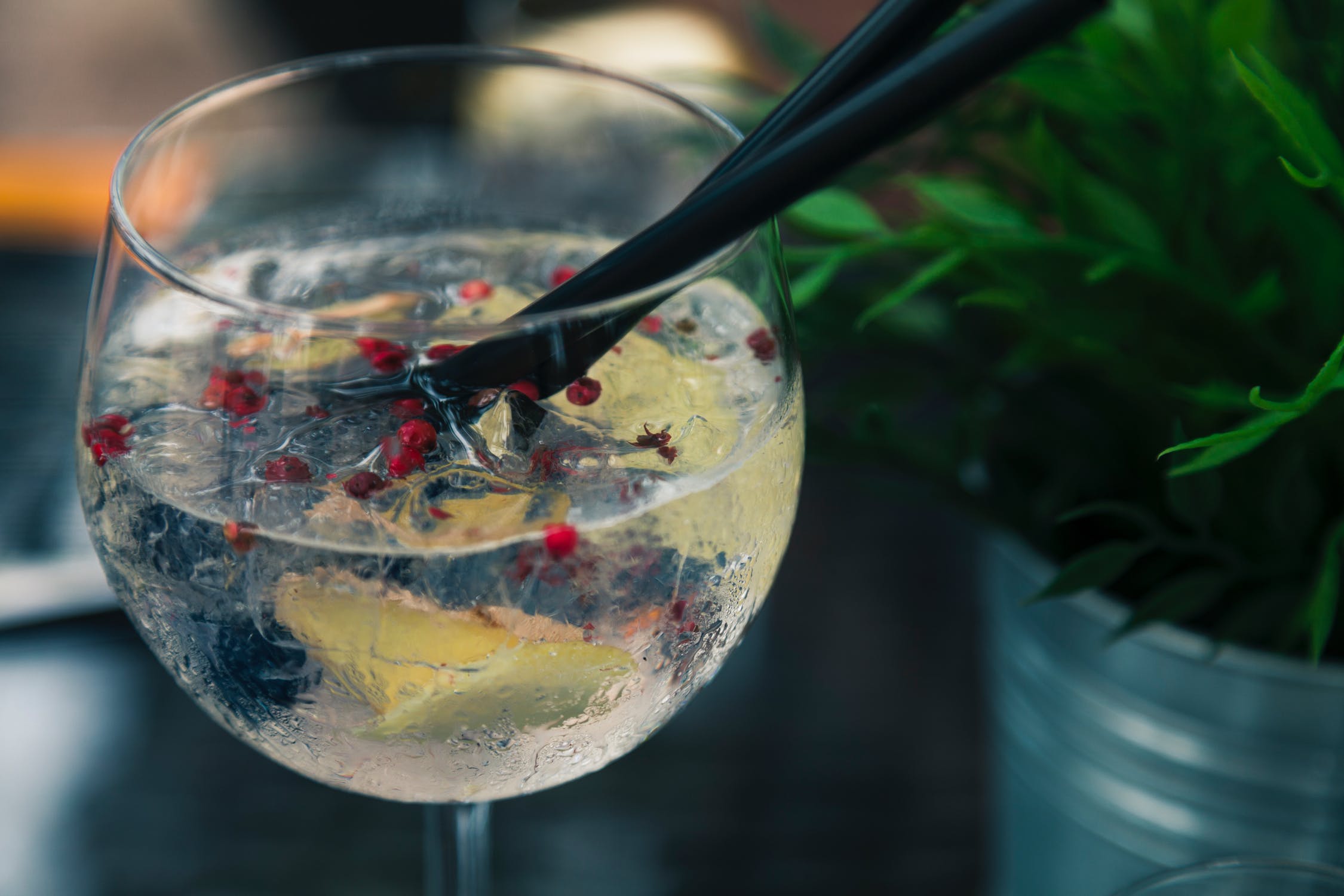
What Makes Gin “Upmarket”?
Over the last few years, how many of your friends, family and colleagues have turned—seemingly overnight—into ardent gin devotees?
Not so long ago, gin was a one-demographic drink: predominantly consumed by and marketed to older people. But there has been a seismic shift in the market, with legions of younger drinkers flocking to trendy gin bars and posting pictures of their hip, impeccably presented tipples on social media.
In 2018, UK gin sales hit an all-time high of 73 million bottles.
But there’s resistance afoot in the industry. This record popularity is being driven primarily by cut-price, sweet and flavoured gins like Gordon’s Pink, which launched in 2017 and retails at around £14.
Traditionalists are now pushing back against what they view as a threat to the drink’s integrity and premium reputation: Hayman’s Gin have even launched a “fake gin” campaign to improve labelling of “authentic” gin versus flavoured gin liqueurs.
With distillers at loggerheads, it begs the question: what differentiates an upmarket gin from its cheap and cheerful competitors? Rankin Brothers & Sons has been supplying the drinks industry with bottle closures and packaging for more than a century. In this blog, we offer our two cents on the definition of an upmarket gin.
Luxury is a many-splendoured gin
There’s no cut-and-dry definition of an upmarket gin, or criteria that distillers need to meet in order to be considered a luxury gin—besides price, of course. In fact, there’s little in place to define gin as a product. That’s part of the problem.
Hayman’s issue appears to be that these new, flavoured gins contain too many flavourings and not enough juniper—the drink’s core botanical—and should instead be deemed “gin liqueurs”. But this is a complicated issue, as gin is an inherently playful and experimental spirit.
From the botanicals used in the distillation process to the tonic it is paired with and the garnish that finishes everything off, one of the beauties of gin is the ability to create almost unlimited flavours. Many gins considered “premium”, such as Bloom, are also weak in juniper and instead taste sweet.
In such a varied market, separating the best from the rest involves answering an entirely different and very tricky question: what makes gin “gin”? This could be limiting for distillers of all kinds—not just the big brands making pink gin.
Elegance is an attitude
If you’re looking for an upmarket gin, it’s best to do your research. Price can be a guideline, but it isn’t wholly reliable when it comes to gin in particular. Many budget gins—including bottles from Aldi and Asda—have won medals in blind taste testing tests! Have an idea of what you’re looking for in terms of flavour and get advice from the experts, whether it’s the bartender or reviews from specialist magazines.
For gin producers and bars, presentation is everything. Most anything can look upmarket if it looks the part. Sprucing up your bottle’s appearance with premium-quality packaging, labels and closures can help set you apart on the shelf and alert punters and shoppers to the quality inside. Need help making a luxury impression? Rankin Brothers & Sons provides drinks packaging of all kinds. Discover our range here and request samples today.